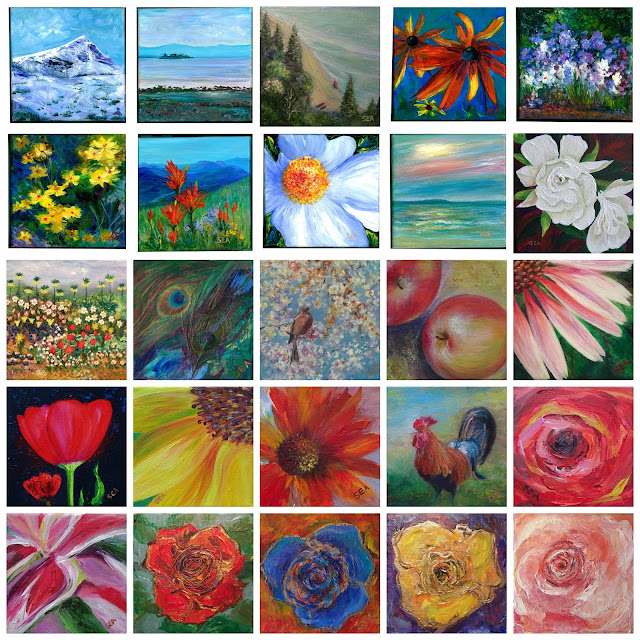1. First take the largest size and highest resolution digital photo that is possibly with your equipment, using the TIFF or RAW setting on your camera for image type (not JPEG if at all possible). If you dont know how to do this read the instructions or Google it. This is important because in these formats the photo is protected from digital degradation and will remain as crisp and clean as the day it was taken. Put these images in a special file marked ORIGINAL. This is used to make copies for prints or other future uses. You always leave this original intact. If your works are small enough to fit on a flat bed scanner, this often gives the best image.
2. Make a copy of the selected image and convert it to JPEG. JPEGs are best for most uses, such as submissions, Facebook, websites etc. because they are read by most programs and load quickly. I use Paint which is available on most computers and is simple and basic, but you can use most photo manipulation programs. Perhaps you even have one that came with your camera.
a) Open the image in Paint.
b) Go to FILE, then SAVE AS.
c) On the lower portion of the pop up select JPG as the file type.
3. Check the resolution.Dpi is not cruicial but there is no need for greater resolution than 72 dpi because most computer screens use this resolution. Larger files just take up space on your computer.
a) In Paint go to IMAGE then ATTRIBUTES to see dpi and dimensions. Here you can select inches, centimeter or pixels.If you change the dimensions make sure you don't change the ratio of width to length. In the newer Paint versions there is a place to select "MAINTAIN RATIO"
4. Most online galleries use 500 - 600 pixels on the longest side but there will be details in their instructions. Usually there are minimum size requirements, but I prefer to keep my images large enough for the buyer to make a decision but small enough to prevent largescale copying and printing by the unscrupulous without permission. I also try to limit the largest view of the painting to the original size or smaller. e.g. an ACEO image would be no larger than 2.5" x 3.5". This is easy in Paint. Make sure you are working with a copy and play until you get the hang of it. You will eventually get used to it and it will become second nature.
a) Go to IMAGE then RESIZE or in older versions STRETCH
b) Try reducing by changing the two 100% to 20% or increase by changing 100% to 150%
c) Go back to ATTRIBUTES to see the result.
d) When you get the dimensions you want go to FILE and SAVE as and give it a name.
I usually save 3 versions:
SMALL - 600 pixels longest side for web
MEDIUM - 1000 pixels longest side for a few sites and for emailing galleries or clients when they ask for more detail.
FULL - original size for my records
5. If at all possible save all images with RGB, this will ensure good colour rendition when posted on any website.
LAST WEEK of my customer appreciation Miniature Masterpiece Auction Sale.
These are impasto Acrylic paintings on stretched gallery wrap canvas which regularly sell for $125. Auction starts at $49. Bid and if you win you choose the painting you like most of this selection. Most of these will be shipped to my galleries in June so now is the time to act. Click on image to bid.

No comments:
Post a Comment
I love to hear your views and connect on a personal level so feel free to say hi.
All work by Sea Dean protected by International Copyright - No printing, copying, electronic transfer or any form of duplication allowed without written permission from the Artist.